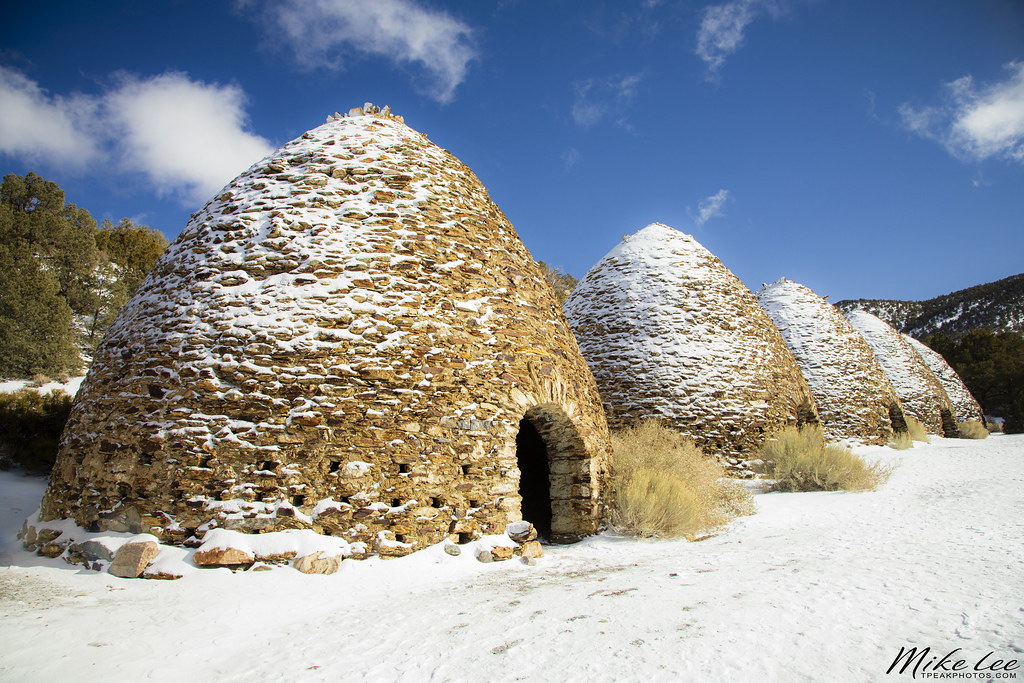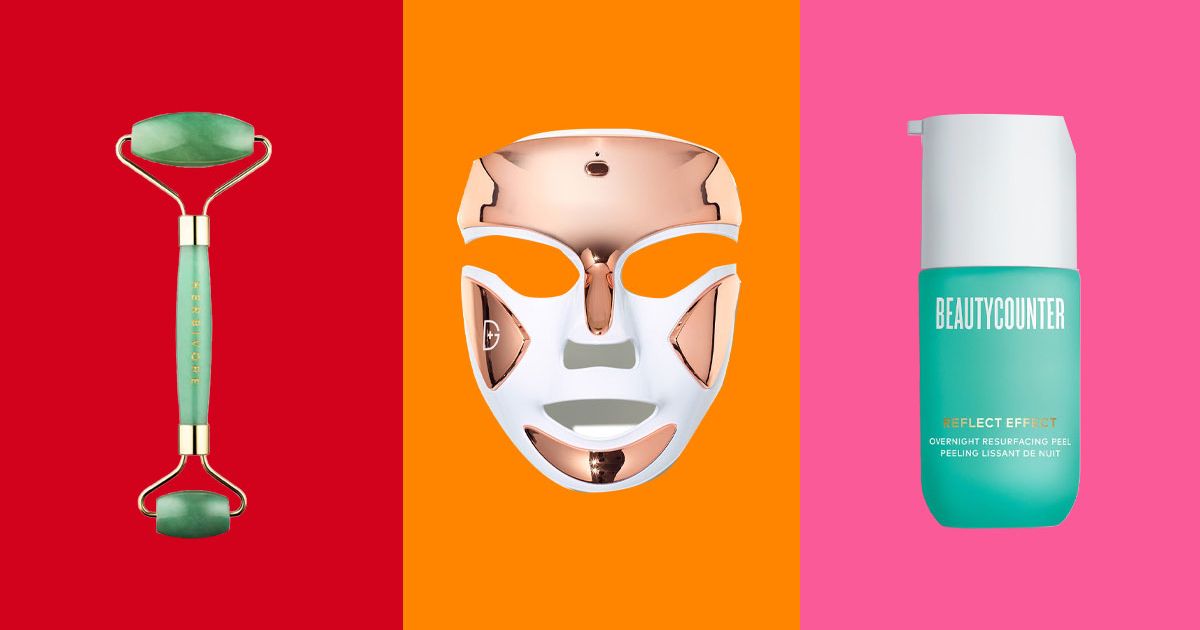Views: 0
July 19, 2022
by Kali Kushner
If you stumbled upon this blog because you’re looking for your next holy grail product, you’ve come to the wrong place.
No, today’s blog is actually about howone single product, or ingredient rather, took my skin from a buttery smooth even toned complexion to red, irritated, pustule filled cysticacne– overnight.
I feel obliged to share my experience and why I think it happened, to help anyone else who may be in the same boat, or to prevent those who have similar skin from making the same mistake I did.
Whileit is important for me to share products, diet, and lifestyle tips that have helped my skin- I need to remain transparent and share the setbacks that happen as well. And trust me, in the world of finding out what works, or doesn’t work for your skin, therewillbe setbacks!
My skin type: is sensitive, combination, and inflammatory acne prone (cystic, pustules, etc.) with consistent breakouts.
Everyone’s skin reacts differently to certain products or ingredients, so if this product works well for you- by all means continue using it.
The Product That Ruined My Skin
Sunday Riley’s Luna Oil. I know, I know. It’s a cultclassic and contains a powerhouse of ananti-aging ingredients. I’ve tried the UFO oil, Tidal moisturizer, and Good Genes by Sunday Riley all with tremendous success.
Infact, Sunday Riley’s UFO oil and Good Genes have beena part of my skincare routine for the past two months keeping my skin absolutely blemish free.
So, believe me when I say that Ireallyreallywanted to love Luna.But for my ultra sensitive inflammatory acne prone skin, the mixture of the dye (really, do we need dyes in our products?) and the retinol was too much for me.
It just goes to show, it only takesone bad product to ruin a good skin care routine.
The extensive ingredient list (fromsephora.com) reads as follows:
Persea Gratissima (Extra Virgin, Cold-Pressed Avocado) Oil, Vitis Vinifera (Cold-Pressed Concord Grape) Seed Oil, Rubus Fruticosus (Cold-Pressed Blackberry) Seed Oil, Salvia Hispanica (Cold-Pressed Chia) Oil, Dimethyl Isosorbide (and) Hydroxypinacolone Retinoate, Chamomila Recutita (Matricaria) Flower Oil, Tanacetum annuum (Blue Tansy) oil, Anthemis nobilis (English Chamomile) oil, Eriocephalus punctualatus (Cape Chamomile) oil, Citrus Aurantium Amara (Neroli) Oil, Citrus Aurantium Dulcis (Blood Orange) oil, Cananga Odorata Flower (Ylang Ylang) Oil, Vetivera zizanoides (Vetiver) oil, Helianthus Annuus (Sunflower) Seed Oil (and) Rosmarinus officinalis (Rosemary) Leaf Extract, CI 61565 (Green 6), CI 60725 (Violet 2)
Retinol and Dyes:
Just from taking a quick glance at the list, I would be extremely weary if you struggle with either sensitive orcystic acne prone skin.
The dyes green 6 and violet 2, could potentially pose as an irritation factor for sensitive skin or if you have a damaged skin barrier which is common with acne.
While the combination of oils and retinol may have caused more irritation or lead to clogged pores, My gut feeling is that the dyes irritated my skin partially, but the retinol is what really did me in.
According to Renee
Rouleau, celebrity esthetician, retinols and retinoids donotwork well for cystic, pustular,inflamed acne and shouldn’t be used specifically as an acne treatment if you have imflammed acne.
However retinoid would be good to use if you have closed comedone types of acne such as whiteheads or blackheads.
If you struggle with pustular or cystic acne, retinols and retinoids can make them worse due to the increased irritation to skin.
Because acne is an inflammatory skin condition, it isn’t a good idea to stimulate them with retinoid activity because it can irritate the skin. Things like lactic, sulfur, and salicylic acid are going to be much better options than retinol for treating blemish prone skin. After you’ve gotten your blemishes under control,thenyou can test out retinol for its anti-aging benefits again.
Oils Causing Acne?
Another thing to be aware of is the type of oil you’re applying to your skin. While certain oils can help acne (think jojoba, neem seed, or tea tree), there are certain types of oils that canexasperate inflammatory acne (coconut, olive).
Don’t get me wrong,I’m an oilfanatic.But the truth is, they’re not for everyoneandyou have to find the right oil that works for you!
A good rule of thumb to go by when deciding which oil tochoose is looking for those that have a lower oleic fatty acid profile. Oils that are high in oleic vslinoleic fatty acids are the ones that seem to cause the most problems.
Based on this theory, some oils you may want to AVOID for acne are olive, avocado(the first ingredient in Luna), apricot, and sweet almond.
Purging or Breaking out
Here’s the thing, many people will claim that retinol and retinoids will break you out at first because your skin is “purging”. All AHA’s (retinol, salicylic, lactic acid) work as a chemical exfoliant speeding up skin cell turnover.
Retinols get deep into the pores to unclog dead skin cells. This brings everything to the surface quicker that would have come out eventually.
This purging process is real and can last for up tosix weeks.After those few weeks of suffering there are promises of smaller pores, clearer skin, improved skin tone, and a reduction of wrinkles. And who doesn’t want that? I sure do!
But what about when your skin continues to get worse, or it’s drastically impacted by a single product? When itcomes to retinol, it’s important to note what purging looks like compared to breaking out.
Purging:
Purging will look like excess skin cells shedding and flaking off. The breakouts should be where you typically get acne and show up as little whiteheads or bumps that go away within a day or two. Clogged pores will come to a head and thendisappear without any signs of swelling or inflammation.
Breaking Out:
Regular breakouts on the other hand, will come in the form of angry,inflamed cystic or pustular blemishes that leave marks or scars. A product which incites a breakout (rather than a purge) will cause acne outside of your normal trouble zones. For me, the Luna oil made me breakout on my forehead and under my eyes, while I usually breakout lower on my cheeks.
Go with Your Gut Instinct!
When using a new product, whether it’sa retinol or another AHA exfoliator, try to give it at leasta month before tossing it in the garbage bin.
Try a product for at least a month
Ifit’s been over a month and your skin has onlycontinuously gotten worse, its most likely not purging and the product is breaking you out. If your acne is cystic, raw, andinflamed, again, the ingredient or product is most likely causing you to break out.
And the most important rule of all, go with your gut instinct! If you have a gut feeling that something is bad for your skin or just isn’t right, stop using it. Just because someone else swears by it doesn’t mean that it’s right for you.
If retinol or daily exfoliating toners has been too harsh for your skin you can try a weekly exfoliating mask with more gentle forms of vitamin a from pumpkin fruit along with AHA glycolic acid and combined with other ingredients that improve skin moisture.
Leave a comment
Comments will be approved before showing up.












